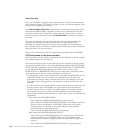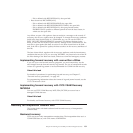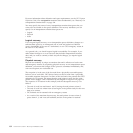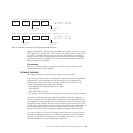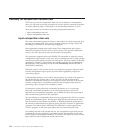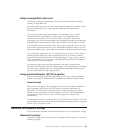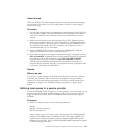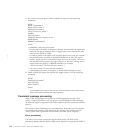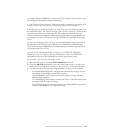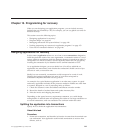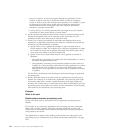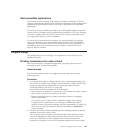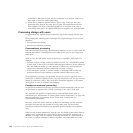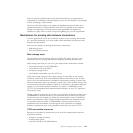2. For each local request queue, define a QLOCAL object. Use the following
command:
DEFINE
QLOCAL('queuename')
DESCR('description')
PROCESS(processname)
INITQ('initiation_queue')
TRIGGER
TRIGTYPE(FIRST)
TRIGDATA('default_target_service')
BOTHRESH(nnn)
BOQNAME('requeuename')
where:
v queuename is the local queue name.
v processname is the name of the process instance that identifies the application
started by the queue manager when a trigger event occurs. Specify the same
name on each QLOCAL object.
v initiation_queue is the name of the initiation queue to be used; for example,
the initiation queue specified in the MQINI definition for the CICS region.
v default_target_service is the default target service to be used if a service is
not specified on the request. The target service is of the form '/string' and is
used to match the path of a URIMAP definition; for example,
'/SOAP/test/test1'. The first character must be '/' .
v nnn is the number of retries that are attempted.
v requeuename is the name of the queue to which failed messages are sent.
3. Define a PROCESS object that specifies the trigger process. Use the following
command:
DEFINE
PROCESS(processname)
APPLTYPE(CICS)
APPLICID(CPIL)
where:
processname is the name of the process, and must be the same as the name
that is used when defining the request queues.
Persistent message processing
When a Web service request is received in a WMQ persistent message, CICS
creates a unique BTS process with the process type DFHMQSOA. Data relating to
the inbound request is captured in BTS data-containers that are associated with the
process.
The process is then scheduled to run asynchronously. If the Web service completes
successfully and commits, CICS deletes the BTS process. This includes the case
when a SOAP fault is generated and returned to the Web service requester.
Error processing
If an error occurs when creating the required BTS process, the Web service
transaction abends, and the inbound Web service request is not processed. If BTS is
138 CICS TS for z/OS 4.1: Recovery and Restart Guide
|
|



